Cell analysis technology using AFM cantilever-type nanoneedles
We have been developing a technique to insert nanoneedles with a diameter of 200 nm, into living cells for in cell analysis or cell manipulation by directly introducing substances into the cells. Since nanoneedle insertion causes very little damage to the cells, so we call this technique “cell surgery”. In particular, nanoneedles fabricated by processing an AFM tip can be used for various applications, because they can be precisely positioned and controlled by using the AFM, and their mechanical response can be obtained.
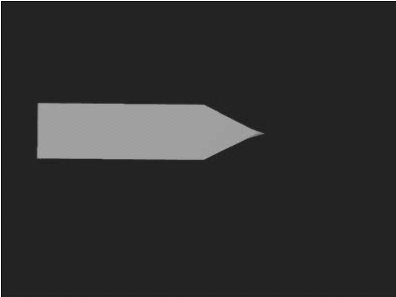
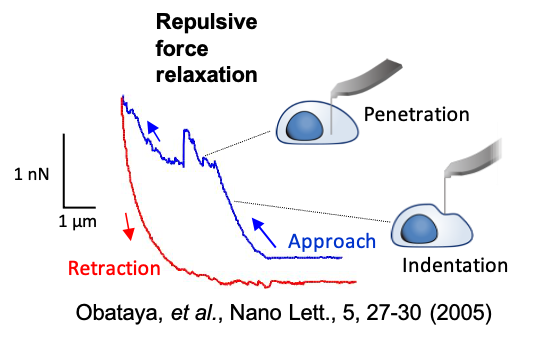
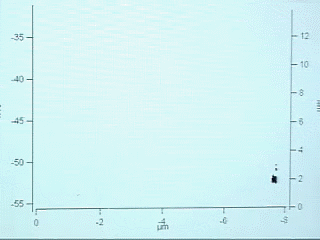
Relaxation of the repulsive force indicates penetration of the cell membrane, making it possible to perform the operation while confirming the success or failure of insertion.
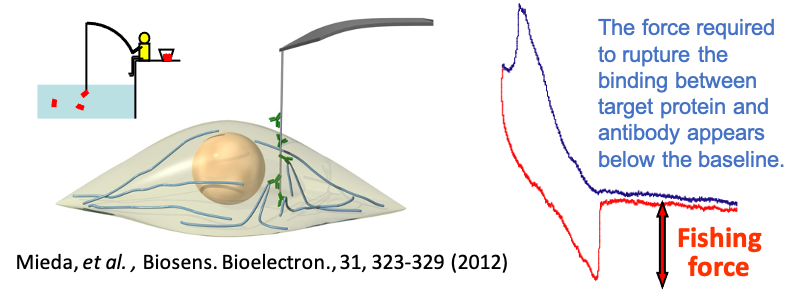
We use antibody-modified nanoneedles to mechanically detect proteins that somehow bind to the cell body, such as cytoskeletal proteins in living cells. The peak value of rupture force is defined as the fishing force and is measured.
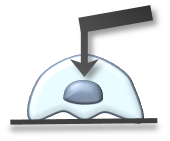
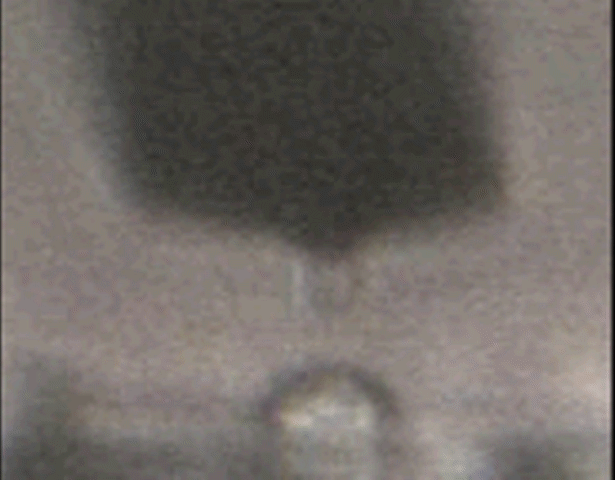
Similarly, cells can be forcibly detached and their adhesion force can be evaluated.